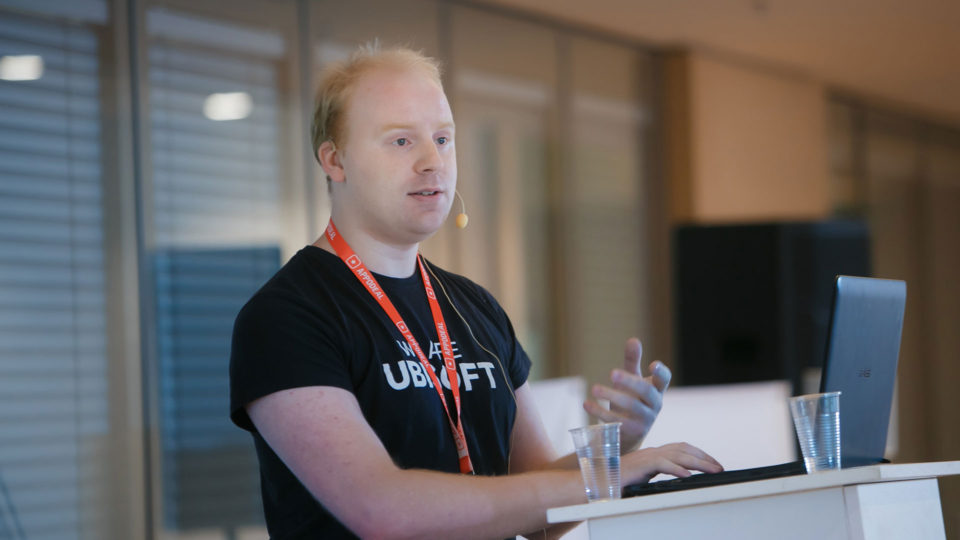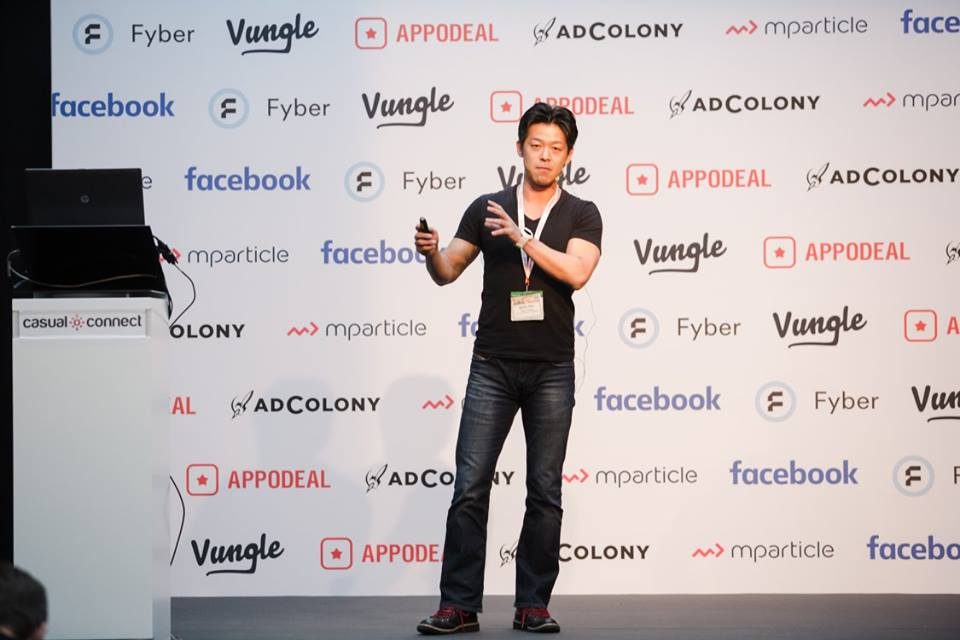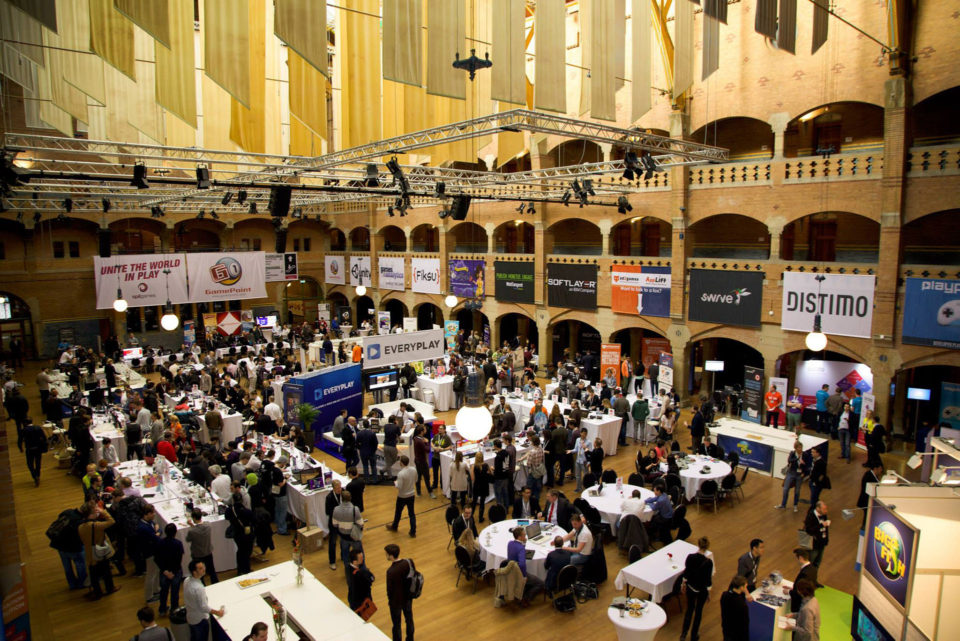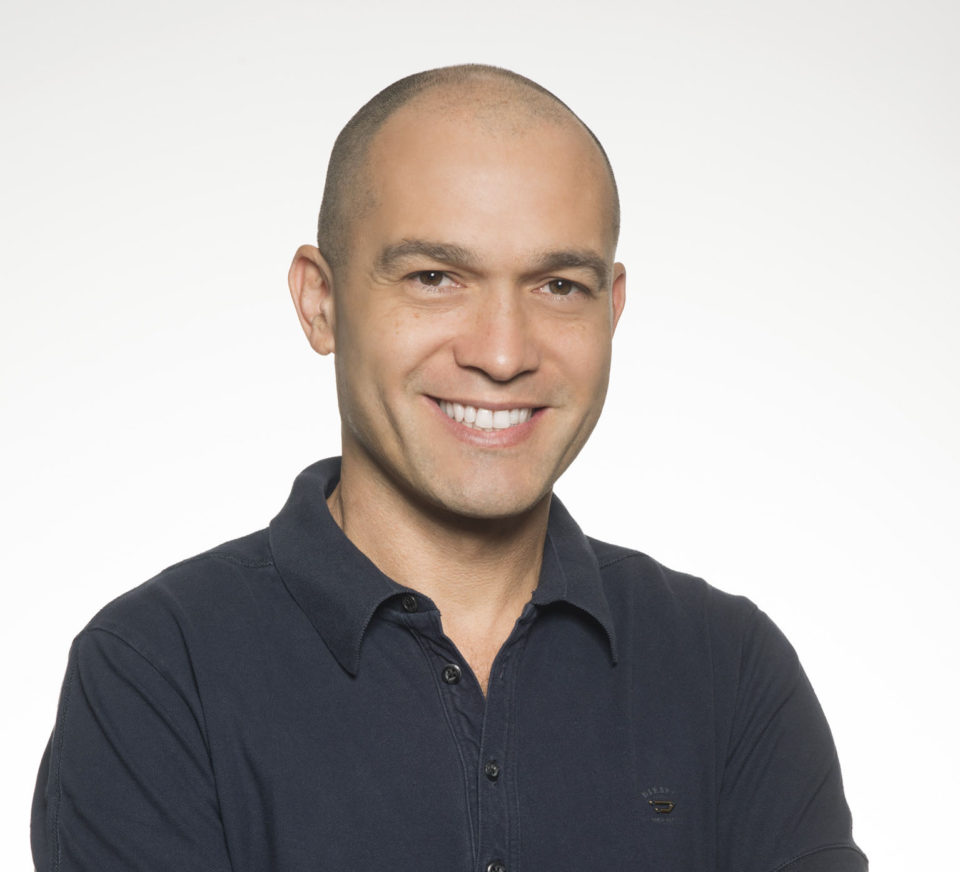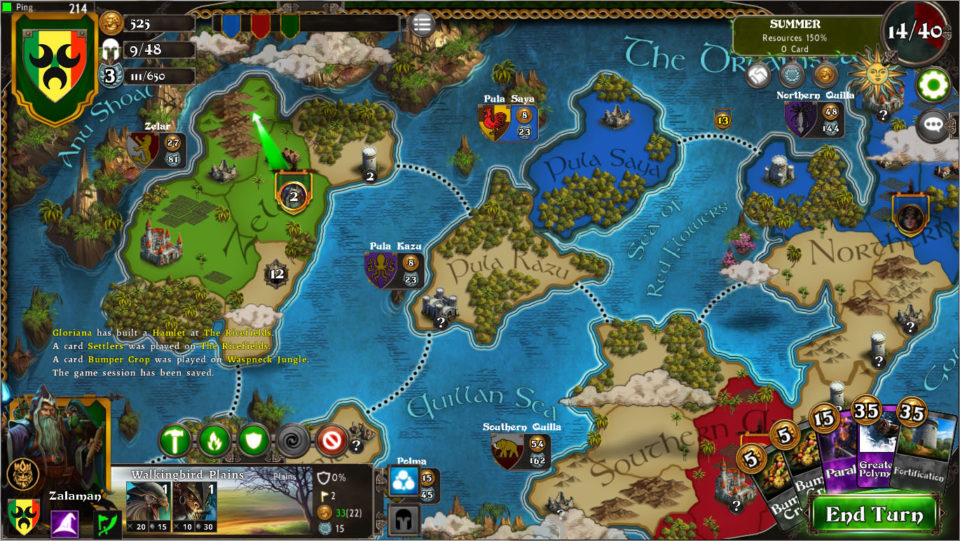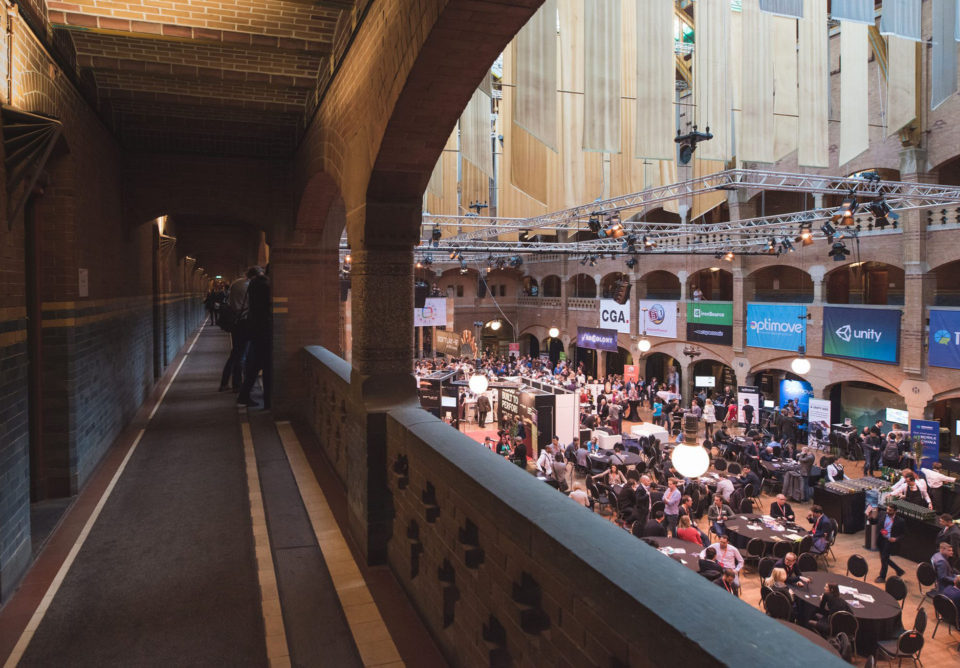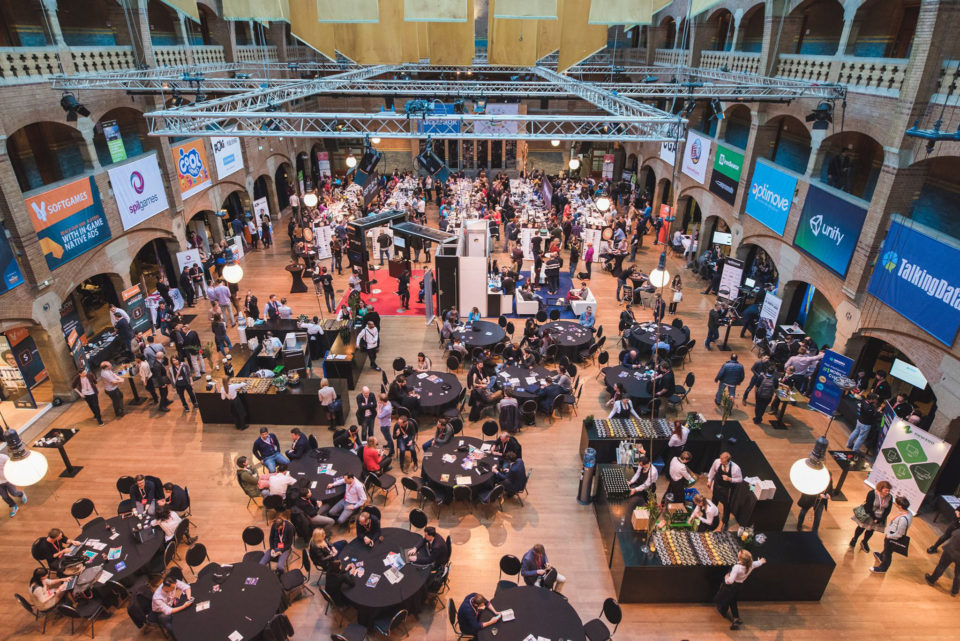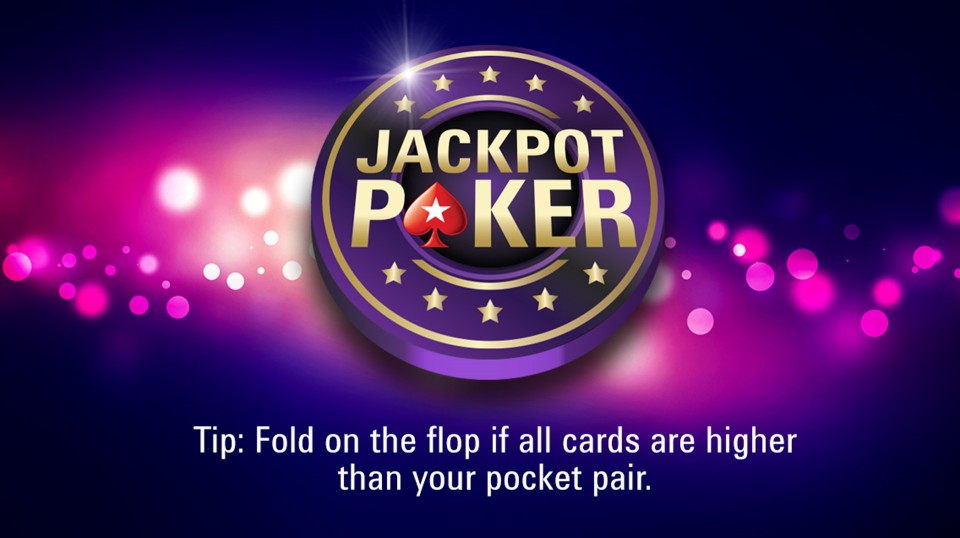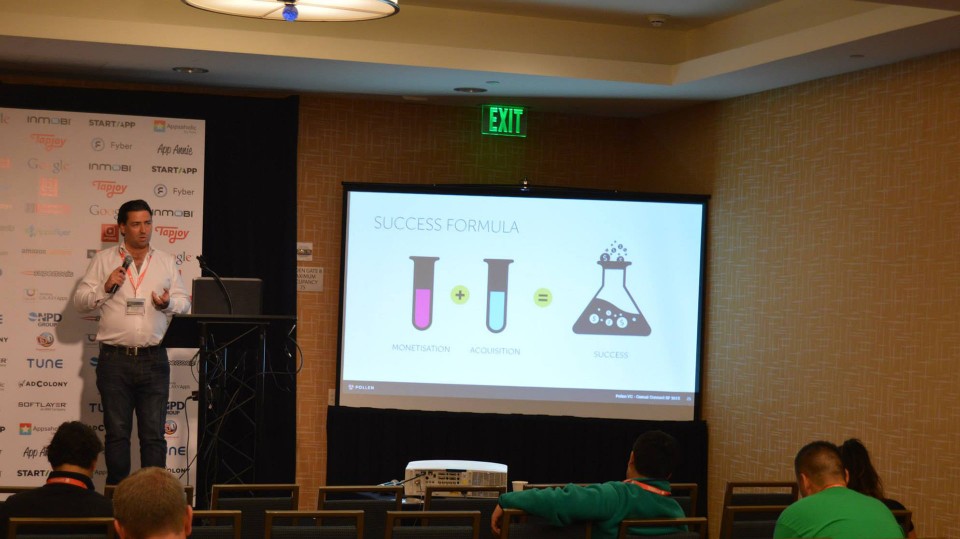Each medium has its own unique traits that allow for creating really strong emotional bonds between the consumer and the work of art. In games that’s interactivity – controls and mechanics. At Casual Connect Kyiv, a Game Designer at Ubisoft by the name of Stanislav Costiuc talked about the unique traits games can use to elicit feelings, emotions, and create strong bonds with players. Hear his full lecture entitled Show, Don’t Tell? Play, Don’t Show! below.
main
ContributionsDevelopment
How I Get Stuff Done
By Chris Natsuume, Co-Founder and Creative Director, Boomzap Entertainment
I’m a busy guy. I run a game studio that has made over 45 premium casual games in the last decade. I podcast and livestream. In the last year, I’ve traveled to about 20 different cities, spoke at a major game conference about every other month, and found time to climb Mt. Fuji, go trekking in Nepal for 2 weeks, and a bunch of other cool stuff. All of that while being a father, a husband, and having a quality sit-down dinner with my family almost every night. People ask how I find the time. It’s actually pretty simple. I’ll share.
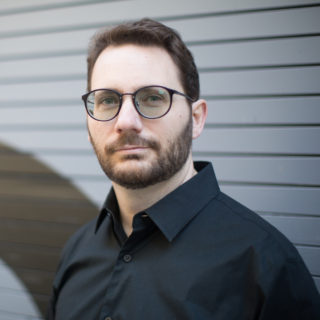
I work from home. This alone saves me 10-20 hours a week. I am not wasting time commuting and all of my breaks are shorter and more meaningful. Lunch? The kitchen is just 20 feet away. I’m done eating in half an hour and most days I get to share lunch with my wife. Want to take a break and read? The couch is right there. And all of the little stuff that needs to be dealt with every week: dentist’s appointments, paying bills, PTA meetings, etc., I fit that in between work tasks and can build the most efficient schedule for it because I never run into the “but I have to go home to do this” problem - I am already there.
I have a really nice workspace. I spend most of my waking life sitting at a desk working so I made sure that the chair I sit in is a good one. My desk is large enough to let me spread out papers, have room to swing a mouse around, and have a couple of monitors to spread out the digital content I need to be putting together. My space has a door. When the world outside intrudes, the door closes, the headphones go on, and I get stuff done. This, of course, is based on your tolerance for distraction. Some people in our company can tolerate a lot more distraction, and smaller working spaces. Some even prefer to work in cafes. This is something you have to test and see. That being said, most people generally benefit from reducing distractions, ensuring they are comfortable, and minimizing the number of outside influences while they work. Incredibly, working at home, even in a very busy home with children, parents, etc. can’t touch an open-office floor plan for creating distractions and annoyances. When I consider how much of the world is forced to work in brutally open floor plans, surrounded by aggressively distracting coworkers breaking their chain of thought… the mind shudders.
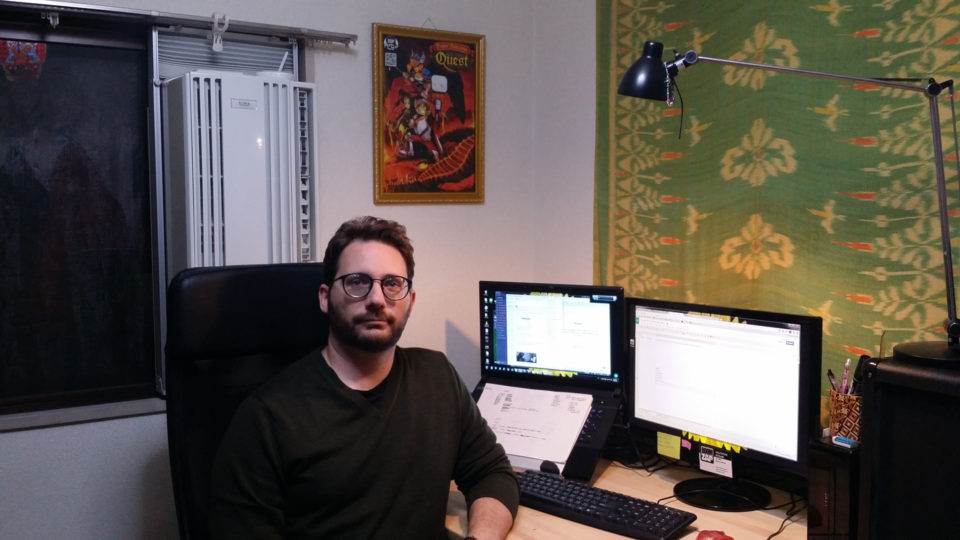
Similarly, I minimize digital distractions. Nothing on my computer makes noise. No application has popup notifications turned on. I take regular short breaks between tasks to check internal company chat groups, Facebook, Reddit, etc., but I never let these programs notify me or pull me away from my current task unless someone specifically summons me by name. Any decent internal chat program will let you set up notifications this way, and it’s critical. Even my phone has the ringer turned off, and it’s in another room. When I am working, that time is mine, and short of some major emergency, I don’t allow interruptions.
I schedule ruthlessly. If you want a meeting with me, it gets scheduled. Want to exercise regularly? Schedule. Time with the family? Schedule. I do “date night” once a week with my wife. That’s on the schedule. I go to guitar lessons with my daughter. That’s on the schedule. Think of your schedule like armor protecting you from the people who want to take time from you. You want to talk to me for 2 hours? Sorry, I only have 30 minutes for you in my schedule. Talk faster. You’d be amazed at how much someone can cram into 10 minutes when you only give them 10 minutes.
I avoid “regular meetings” like the plague. If you schedule a regular meeting, you will likely have to make up things to fill it with. Screw that. Treat meetings as evil necromantic spells: every minute you give to them is sucked from your soul. When they are absolutely necessary, I bring a list of what I want to achieve and I only bring the people who need to be there. It’s rare you really need more than 3 people in a meeting - better to have smaller meetings, write notes, and disperse them to the people who just need the info and aren’t actively contributing to the content. Forget big collaboration meetings. The science is clear: collaboration breeds mediocrity. Divy up the work, let people go do, and save the meetings for figuring out how it all works together and what to do next. This is how creative people thrive.
I hire competent people and let them do their jobs. Nothing is a bigger waste of time than hiring someone to do a thing, and then doing it for them. This is a critical management skill, and it takes an adjustment of the mind to do well. Specifically, you have to change your thinking from “Is this what I wanted?” to “Is this good?” The reason you hire experts is because they are better at things than you are. So assume that they will give you something different, and probably better, than your expectation. Back off, look at it objectively, and if it does the job, pull your ego out of the equation and let it be. If you find that you can’t do that because you don’t trust or believe in the work someone is doing, replace them.
Good enough is good enough. I’ve been called “relentlessly Pareto”. I take that as a compliment. I only polish when it matters. The rest I let be. If you see me chatting with the team, my text is full of typos. They know what I mean. This isn’t getting published. I let it be. Our design documents are loose, rough, and produced fast. Our prototypes are ugly. When I give feedback, I take screenshots and scribble on them with the pen in the Windows Snipping Tool. It’s ugly, but the team gets it. Better they get the info ugly now than pretty tomorrow. If it’s not going in front of a customer, it’s only as pretty as it needs to be to be understood.
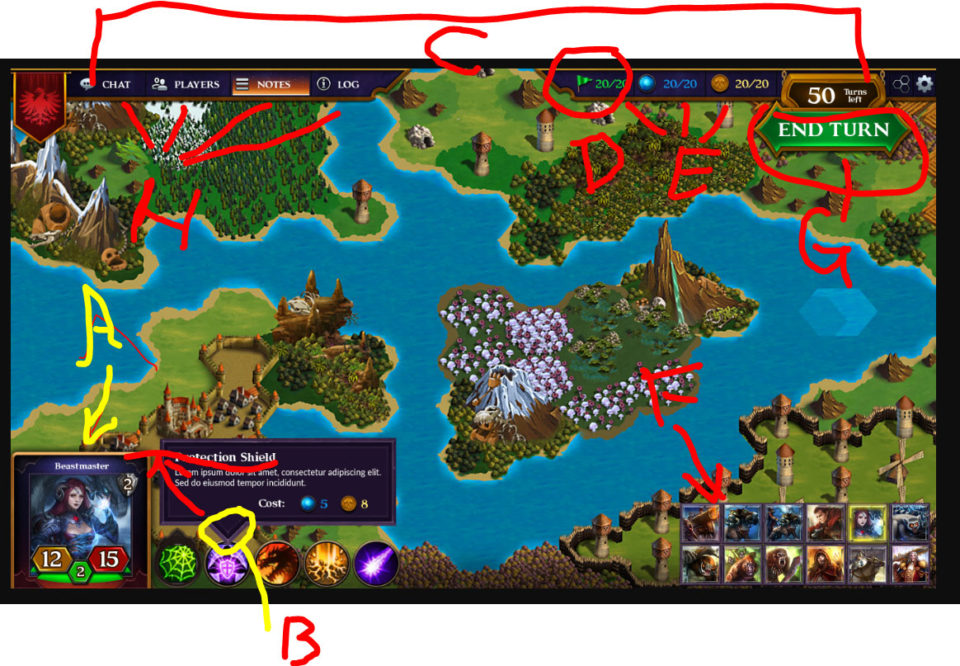
I don’t do email. Email is where information goes to die. If you are writing emails that require more than a few sentences to notify someone of something, you’re doing it wrong. That information needs to be put in a living document somewhere and shared. If I need to talk, I set up a quick call, we talk, I make notes, post them where they can be easily referenced later (we use Basecamp) and that’s referenced on our chat system (we use HipChat). If you need to say something more than a few sentences, document it, text, or call.
I do one thing completely before I do the next. Half of any serious creative task is just figuring out what you need to do, unpacking the details, and then banging them all together into something. If you are constantly shifting from task to task, you’re constantly redoing all of that preparation work, over and over. Stop that. Pick a thing. Do it. Bang on it till it’s done. Then put it out of your mind and move on. Half-done tasks pull at your attention and energy and make everything else you do more irritating and stressful. Clear your mind of these distractions by doing, completing, and moving on.
Sometimes, all of this breaks down, and I am seriously unproductive. It happens. When it does, I get up and walk away. Take a walk. Go to the gym and swim. Take a bike ride. Read a book. There are no bonus points for the number of hours you spend at a desk. If you find that you’ve been at a desk for 30 minutes or more, and have achieved nothing, step away. Recombobulate. Come back fresh. If you don’t, you’re going to just screw around looking at Facebook or YouTube or doing easy busywork anyway. Once you start down that road, you’re gone for an hour or more. Own that time. Make it yours. Shove something else you want or need to do into it.
I have one last, super specific tip: Every night, my last task is to write down the three things I will do tomorrow. I do this on a piece of scrap paper, and lay it on my keyboard. When I wake up and start in the morning, it’s there. Waiting for me. I don’t check email. I don’t do Facebook. I start with item one on the list and start my day. Until that list is done, my day is not over. When it’s done and my scheduled meetings are complete, I can call the day a success, and move on to stuff that I want to do - be that work related or not. This creates a sense of purpose that starts me every day, completion that helps me feel good at the end of the day, and excitement for what I am going to do tomorrow.
That’s largely it. Of course, I don’t keep to these rules 100%. Some days I keep closer to my regimen than others. But I have found that the closer that I keep to this life plan, the happier I am, the more I get done, and the better I feel about myself. Hope it helps.
Europe 2017Video Coverage
Masaru Ohnogi: Asia, the World and the Future of VR | Casual Connect Video
As Head of Global Business Development for gumi Inc, one of Japan’s leading mobile gaming companies, Masaru Ohnogi oversees their strategic business partnerships around the world. Most people know gumi for their successes in mobile games, such as with Brave Frontier, Phantom of the Kill and Final Fantasy Brave Exvius. Over the past year, gumi have expanded considerably into VR by co-founding a $50 million VR fund called The Venture Reality Fund with partners in the Silicon Valley, which focuses on seed or early stage startups. In their session at Casual Connect Europe 2017, Nogi showcased the company’s achievements within AR/VR as well as provided the opportunity to take a peek into the current and future trends of VR in Asia and the world.
ContributionsIndustry
10 Ways to Kick Ass at Conventions
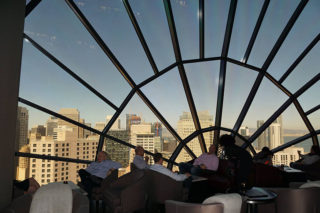
Let’s face it, conferences aren’t cheap. Hotels, flights, dinners… even a small 3 day show is quickly hundreds, if not thousands of dollars. When you factor in lost time for travel and preparation… You’re going to want to maximize the value of that commitment.
For this article, I am focusing on B2B conventions, where you are mostly interacting with other companies in your sphere of influence. Consumer-based conventions require different skills and strategies, but much of this will still be meaningful.
USA 2016Video Coverage
Gigi Levy: Investing in Passionate Creators | Casual Connect Video
NFX Guild’s Founding Partner Gigi Levy gets hundreds of emails a month, all from great entrepeneurs, but has to say “no” to 99% of them. You’re a strong team, and you’re building a potentially great game…so why can’t you land that critical investment you’ve been chasing for so long? The answer is probably not as complicated as you think. In the Casual Connect USA panel, Gigi and their colleagues from IDG Ventures, Bullpen Capital, CrossCut Ventures, flaregames and Execution Labs give the no-B.S. reasons why they keep telling you no so that the next time you pitch them you might actually get a yes.
DevelopmentExclusive Interviews
Christopher Natsuume: Boomzap’s Pop
Christopher Natsuume is the Creative Director for Boomzap. He helped co-found the studio in 2005, though he has been working in games since 1994 on console, PC and mobile platforms. Christopher calls running his own studio a fulfillment of a dream since he worked with his co-founder Allan in Scotland.
Europe 2016Video Coverage
Andrew Chang: A Visual Society Where People Connect | Casual Connect Video
Learn from those that know in this Ask Me Anything - Publishing in Asia panel from Casual Connect Europe. Be imparted with some serious wisdom about the Asian game market including: Taiwan, Japan, China, Korea, and South-East Asia, even the answers to questions you never had a chance to ask. Co-Founder of RedAtoms, Andrew Chang was one of the panelists. To learn more of what Andrew had to say and other publishing professionals, tune in below.
Europe 2016Video Coverage
Alex Cohen: The Novelty of the Gaming Industry Brings Constant Challenge
Mobile is here to stay in social games worldwide. The Latin American market is a strong example of this foothold. In a talk entitled The Challenge of Mobile Social Games in Latin America, CPO of Akamon Entertainment, Alex Cohen, explained how to decide the most appropriate mobile platform in each country of Latin America. or being able to engage users in mobile as done online are key. Alex reflected, “I think there is a general impression in Latin America that it is a market that is full of low income feature phone users . . . In practice that really is not true. Smartphone penetration in Latin America is up in the range of 67% and feature phone penetration is smaller and declining.” To hear more stereotypes busted, listen to Alex’s talk from Casual Connect Europe.
Tel Aviv 2015Video Coverage
Lloyd Melnick: Unrelenting Focus on the Player | Casual Connect Video
Lloyd Melnick explained Amaya’s Blue Ocean strategy in his presentation at Casual Connect Tel Aviv 2015. “You want to create an uncontested market space, making the competition irrelevant,” he said. See the video below for more of Lloyd’s strategies for success.
USA 2015Video Coverage
Martin Macmillan and a New Business Model for the Digital Industry | Casual Connect Video
As the CEO and founder of Pollen VC, Martin Macmillan is working to give indie developers a way to get off the ground and into the market. There is “hope and the naive belief that you are going to launch and it is just going to take and the rest is going to be history. It does happen but it happens so infrequently that you wouldn’t want to bet the farm on it”, Martin expressed during his talk at Casual Connect USA. The App Economy has exploded, being predicted to be worth $143 billion by 2016. But there is a serious credit bottleneck for Indie developers, which prevents them accessing credit or the high levels of funding needed to adequately support paid advertising. Without being promoted effectively, many apps and games never make it off the starting blocks. But there is a solution. If developers could access their app store revenues faster, they could reinvest into user acquisition earlier, which would both accelerate and sustain growth earlier. Revenue recycling doesn’t just benefit the developer; everyone in the App Economy benefits from additional revenue streams.

